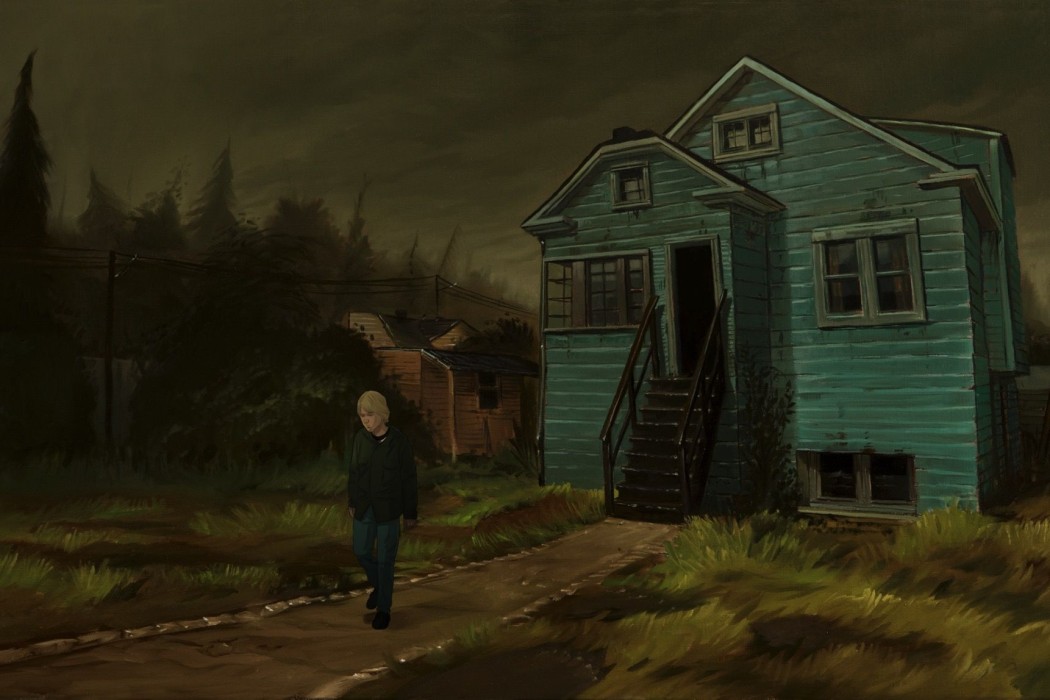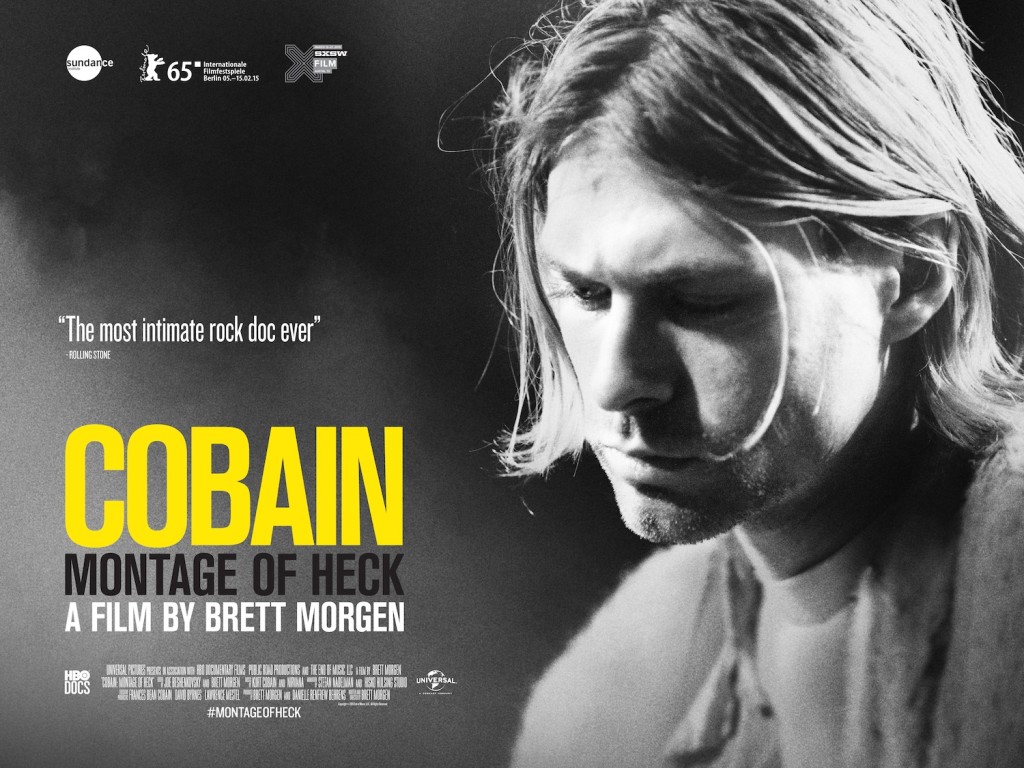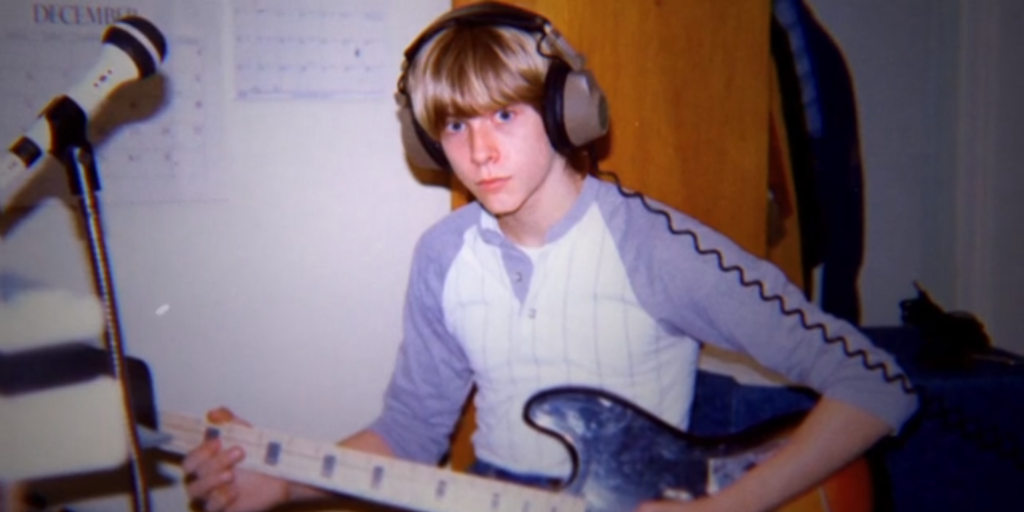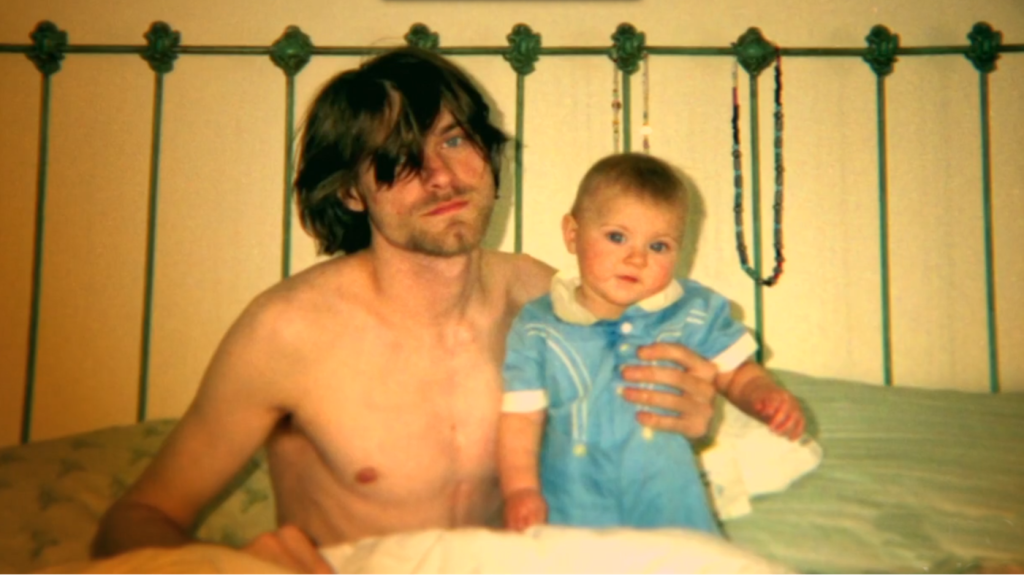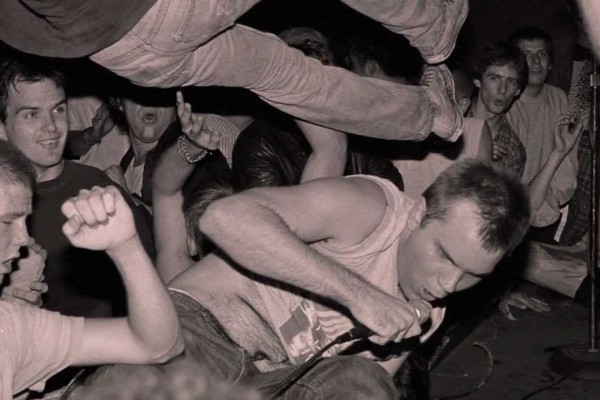Kurt Cobain spent his 27 years of life in desperate pursuit of that transcendent state that lies beyond suffering, desire, or sense of self. Written and directed by Brett Morgen, Kurt Cobain: Montage of Heck is a truly unique composite—home videos, touring footage, interviews with family and band members, animated vignettes as well as a guided look through Cobain’s artwork and journals—that gives new insight into the prodigious and tortured brain of the Nirvana front-man.
Wendy O’Connor paints an idyllic picture of her son’s childhood in Aberdeen, a small logging town set about 100 miles west of Seattle. But Cobain was “hyper, full of energy, always busy” O’Connor says, and no one in the family knew how to handle his need for constant stimulation. After his parents divorced, he was bounced from home to home, never welcome for more than a couple months at a time.
From an early age Cobain was absorbed with perfection, an obsession undoubtedly fueled by constant rejection and alienation. “In a community that stresses macho-male sexual stories as the highlight of all conversation, I was an underdeveloped immature little dude that never got laid and was constantly razzed,” Cobain remarked on his tumultuous teenage years. “I felt so different and so crazy.”
As a result Cobain withdrew into himself and burrowed into his art. His journals—an endless scrawl of lists, notes, goals, working song lyrics, and sketches—reveal the intensity of his ever-active brain, his anxieties and anger, and an increasing preoccupation with death and violence. He also quickly discovered that with drugs he “could escape all day and not have routine nervous breakdowns.”
According to his sister Kimberly, Cobain was constantly “searching for whatever made him feel like he wasn’t alone.” What he found was the punk rock underground. “It expressed the way I felt socially and politically. It was the anger, the alienation,” Cobain said in an interview. It was the perfect outlet for his pent-up angst and frustration with his whole world.
“We’d play for an hour and if two people showed up, we’d call it a gig,” Cobain commented on the early days of Nirvana. But their second album Nevermind launched the band into the stratosphere, exposing Cobain, his art, and his relationship to Hole frontwoman Courtney Love to a plague of media criticism.
Cobain’s health, both a recurring stomach problem and his heroin dependency, grew increasingly problematic in the early 90s. Home videos from his marriage to Courtney Love depict a reclusive, destructive, and strung-out lifestyle. The birth of their daughter Frances Bean and the ensuing custody battle forced the couple to give up the junk and prove parental competency. And for awhile Cobain seemed to be on the road to recovery. He remarked, “I hope I don’t become so blissful that I become boring or lose my edge.” But persistent health problems and media harassment proved too overwhelming for the hypersensitive genius. “I feel like people want me to die,” he said. “It’d be the classic rock ‘n’ roll story.”
Kurt Cobain: Montage of Heck premiered at the 2015 Sundance Film Festival and will make its television debut on HBO on Monday, May 4th.
[soundcloud url=”https://api.soundcloud.com/tracks/76928822″ params=”color=ff5500&auto_play=false&hide_related=false&show_comments=true&show_user=true&show_reposts=false” width=”100%” height=”166″ iframe=”true” /]
Article: Heather McAdams

